Cemented carbide is a kind of hard material composed of refractory metal hard compound and bonding metal, which is produced by powder metallurgy and has high wear resistance and certain toughness. Due to its excellent performance, cemented carbide is widely used in cutting, wear-resistant parts, mining, geological drilling, oil mining, mechanical parts and other fields.
The production process of cemented carbide includes three main processes: mixture preparation, press molding and sintering. So what is the process?
Batching process and principle
Weigh the required raw materials (tungsten carbide powder, cobalt powder, vanadium carbide powder, chromium carbide powder and a small amount of additives), mix them according to the formula table, put them into a rolling ball mill or mixer to mill various raw materials for 40-70 hours, add 2% wax, refine and evenly distribute the raw materials in the ball mill, and then make the mixture with certain composition and particle size requirements through spray drying or hand mixing and vibrating screening, To meet the needs of pressing and sintering. After pressing and sintering, the cemented carbide blanks are discharged and packaged after quality inspection.
Mixed ingredients
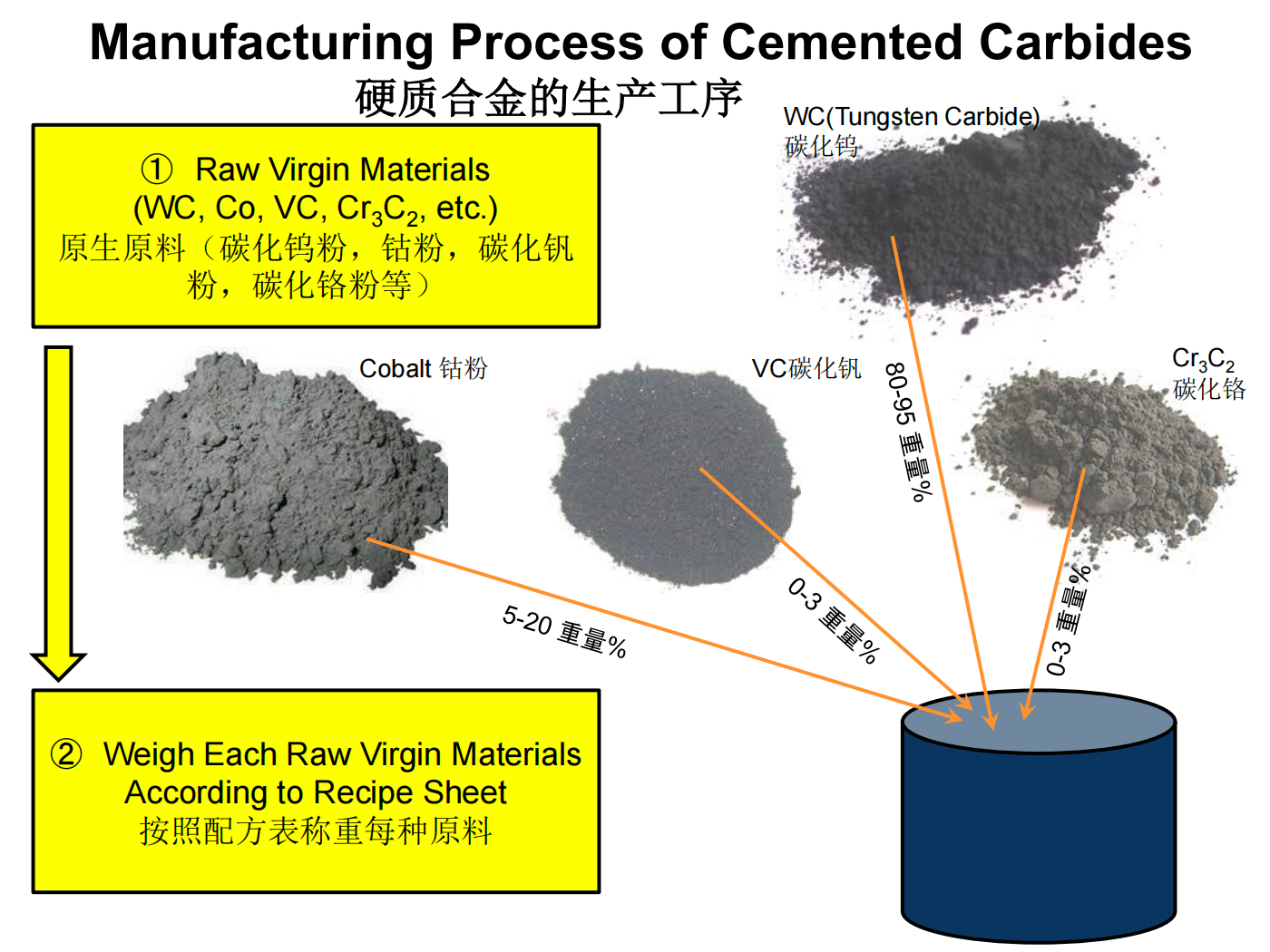
Wet grinding
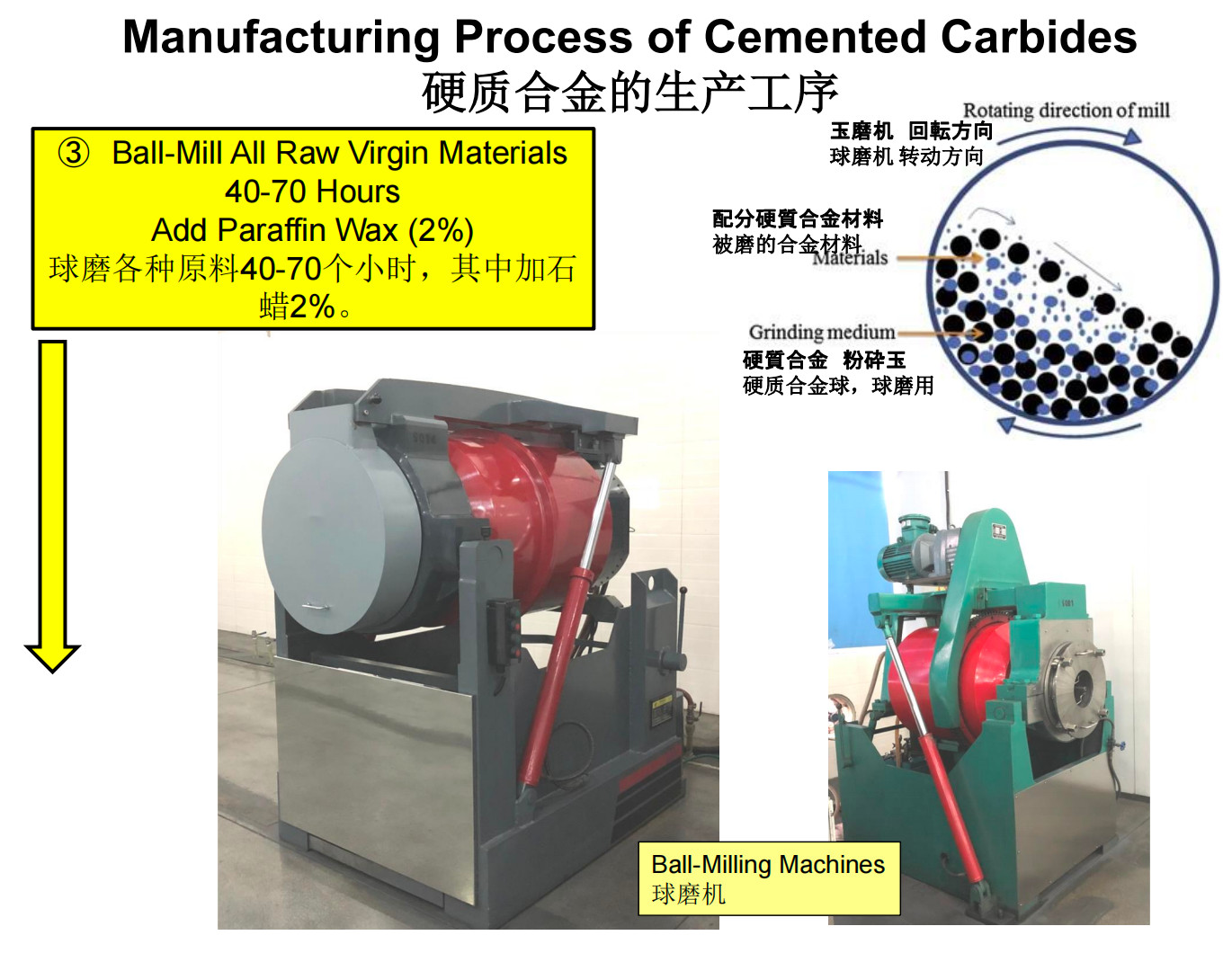
Glue infiltration, drying and granulation
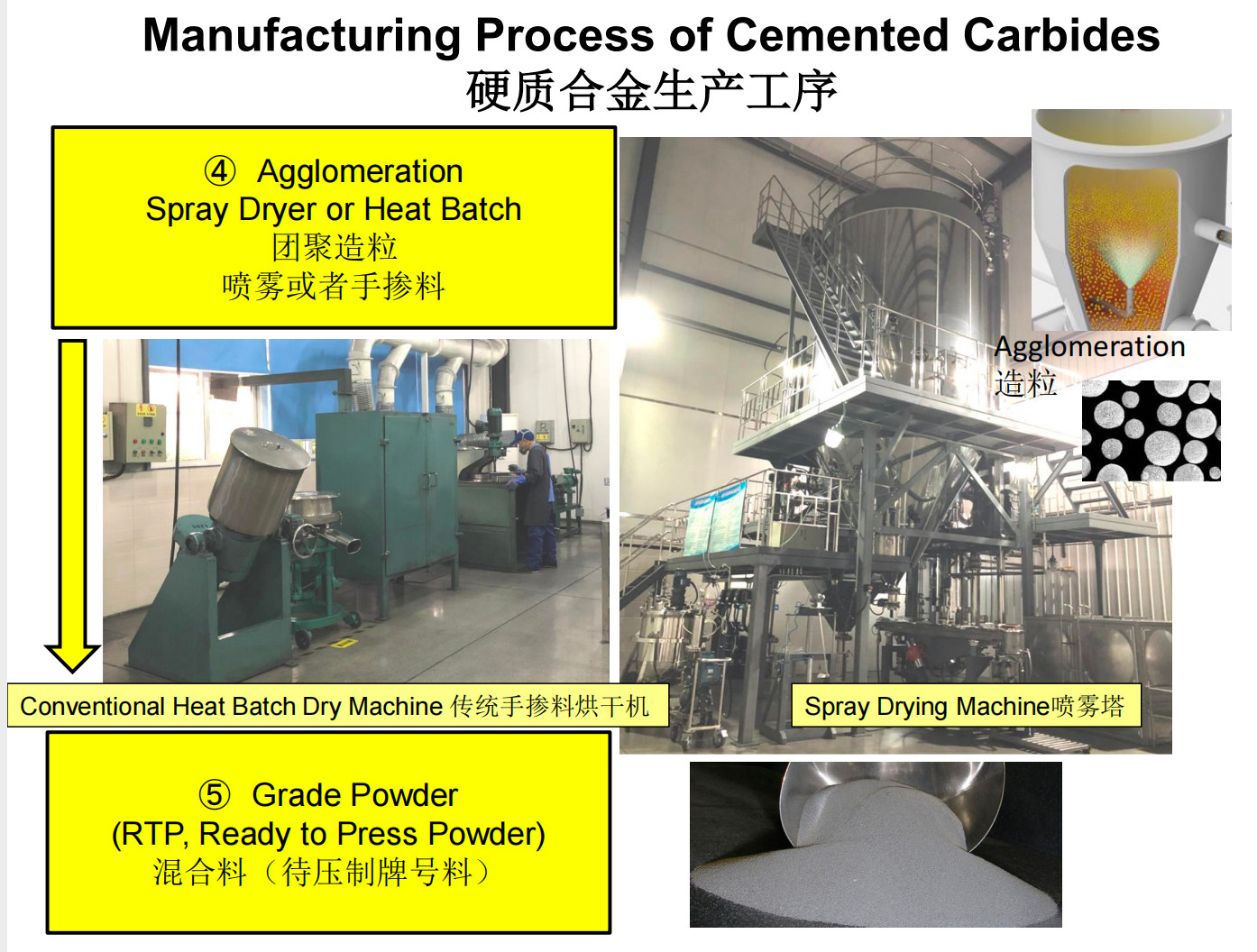
Press molding
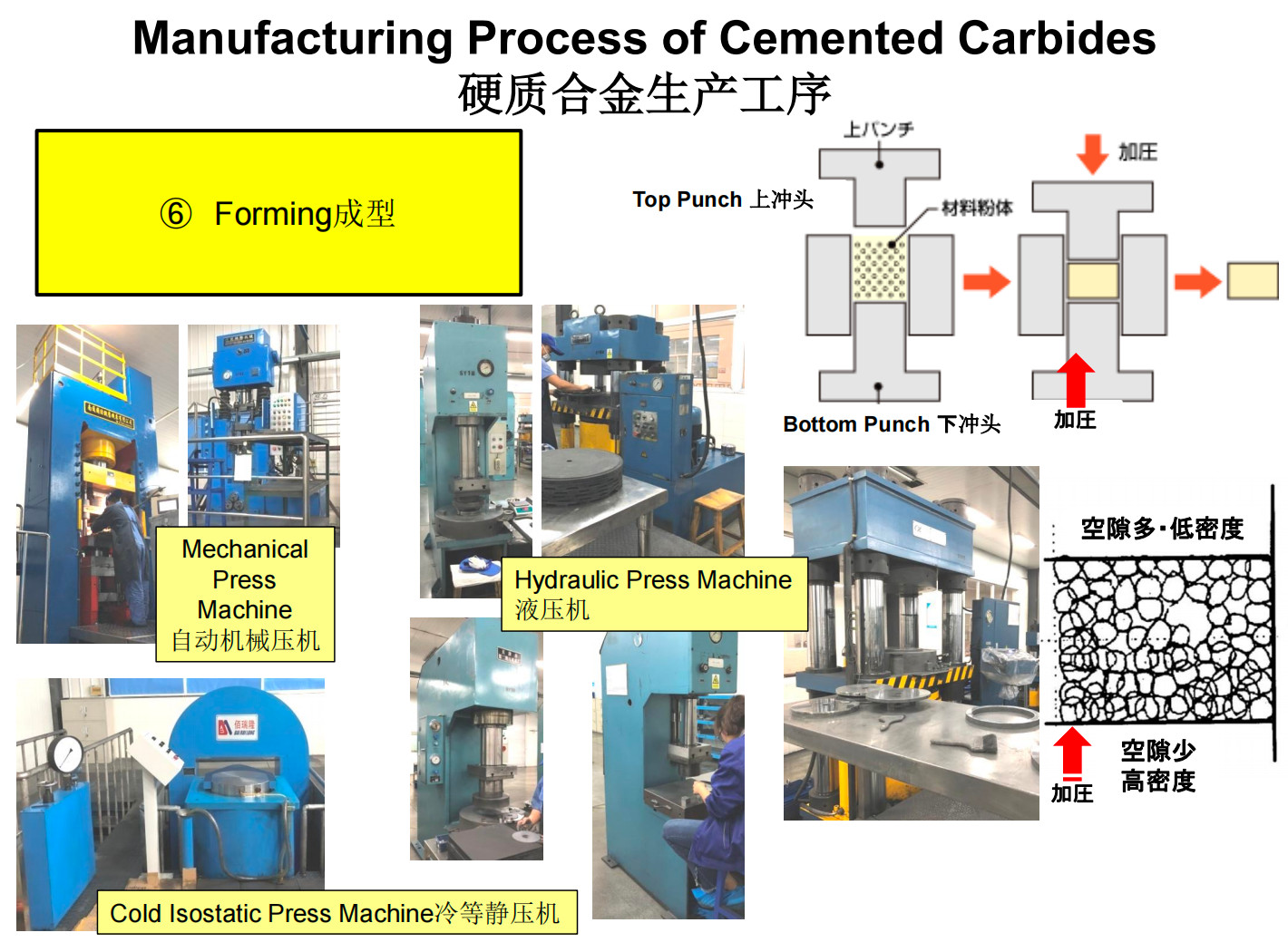
Sinter
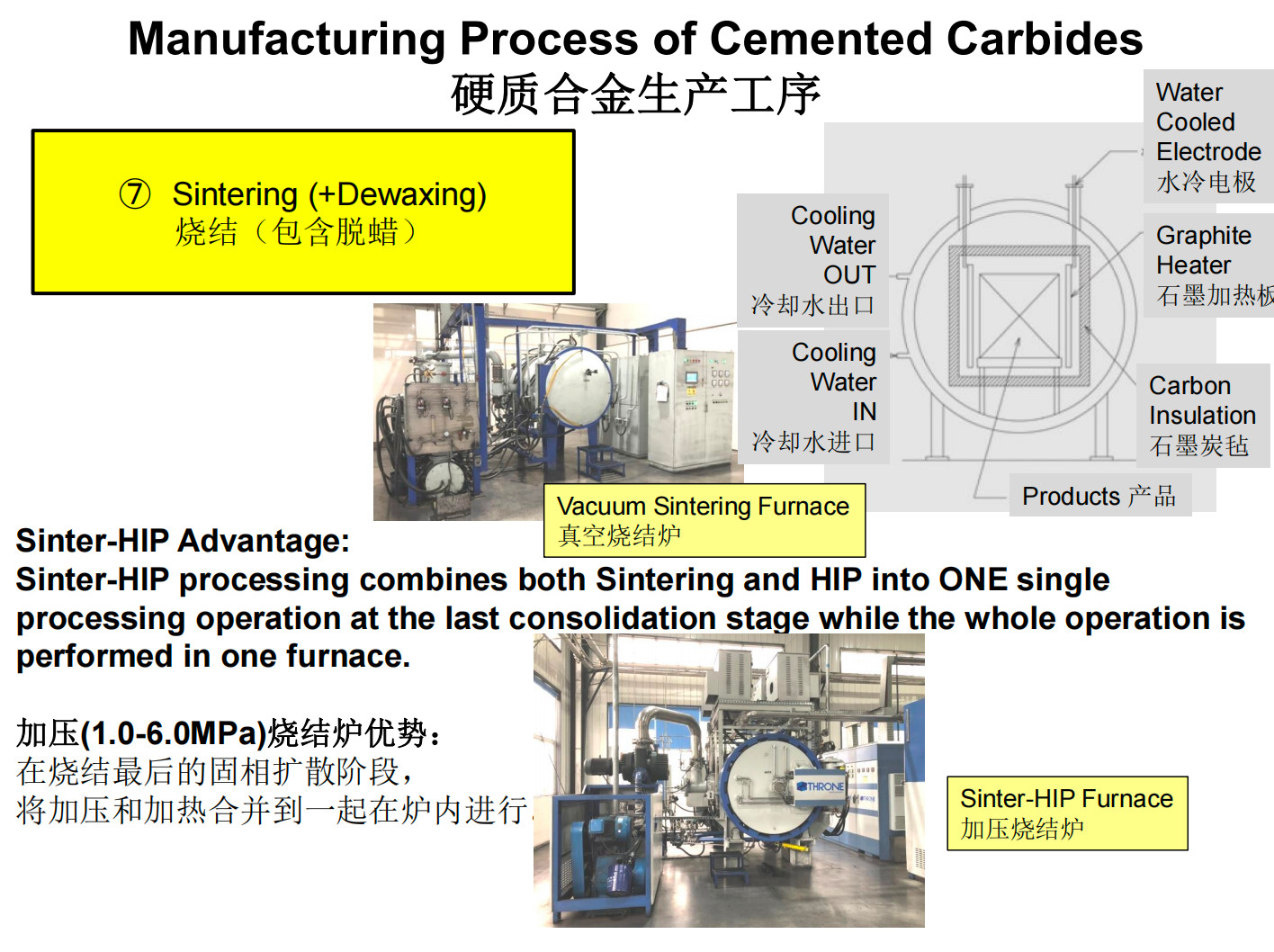
Cemented carbide blank
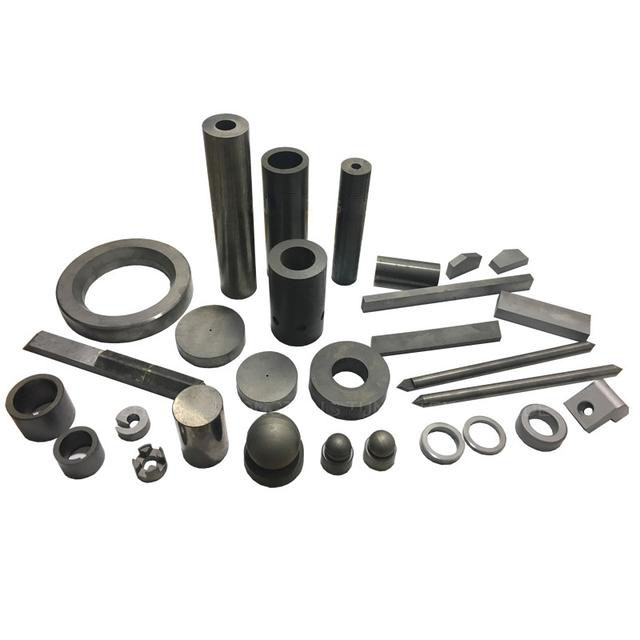
Inspection
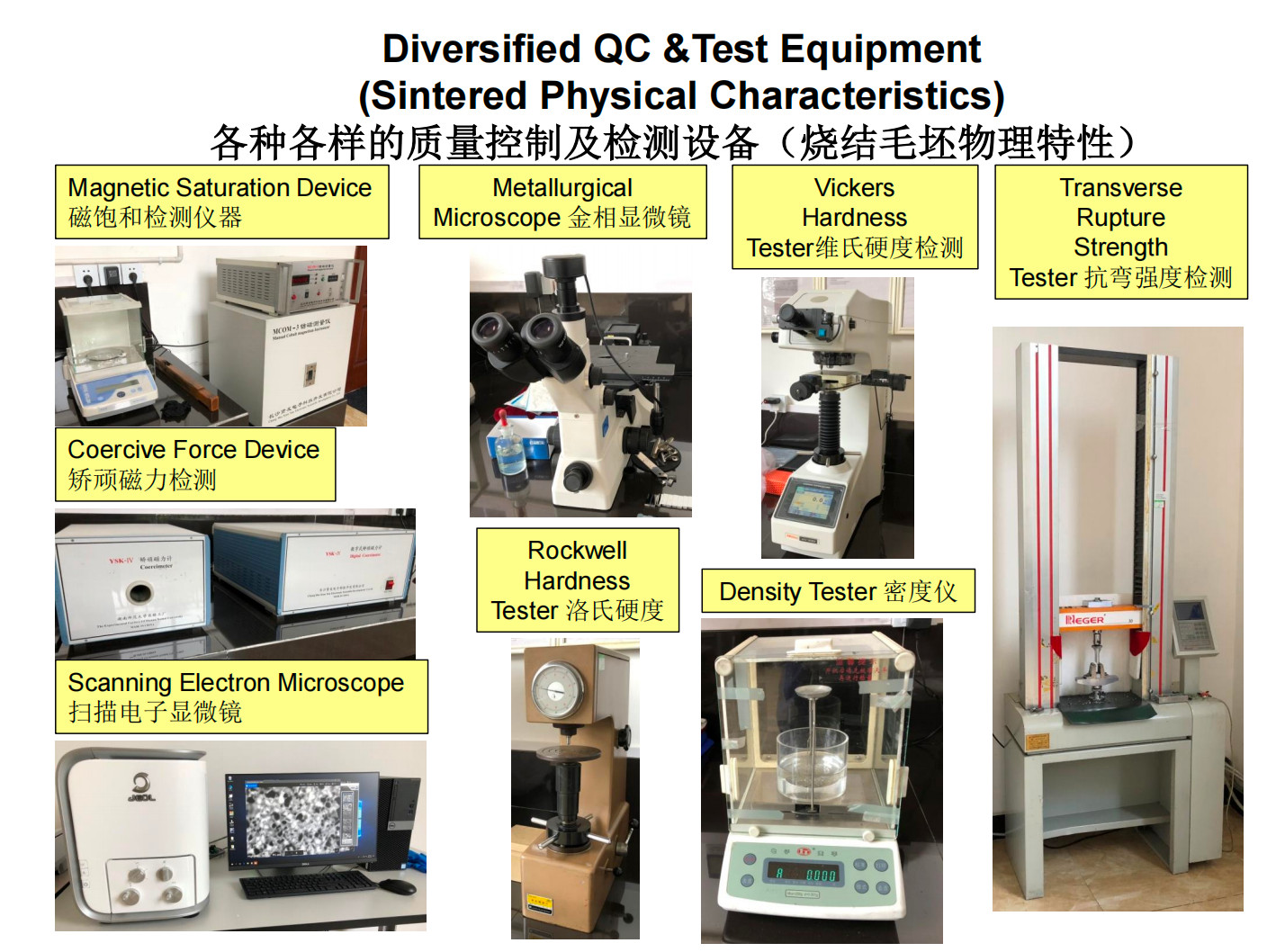
What is vacuum?
A vacuum like this is a region with gas pressure much smaller than atmospheric pressure. Physicists often discuss the ideal test results in the state of absolute vacuum, which they sometimes call vacuum or free space. Then the partial vacuum is used to represent the incomplete vacuum in the laboratory or in space. On the other hand, in engineering and physical applications, we mean any space lower than atmospheric pressure.
Typical defects / accidents in the production of cemented carbide products
Tracing back to the root causes, most common cemented carbide production defects / accidents can be divided into four categories:
Component defects (ETA phase appears, large particle groups form, powder pressing cracks)
Processing defects (welding cracks, wire cutting cracks, thermal cracks)
Environmental accidents (corrosion, erosion defects, etc.)
Mechanical accidents (such as brittle collision, wear, fatigue damage, etc.)
Post time: Jul-27-2022





